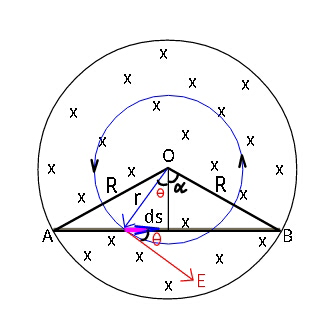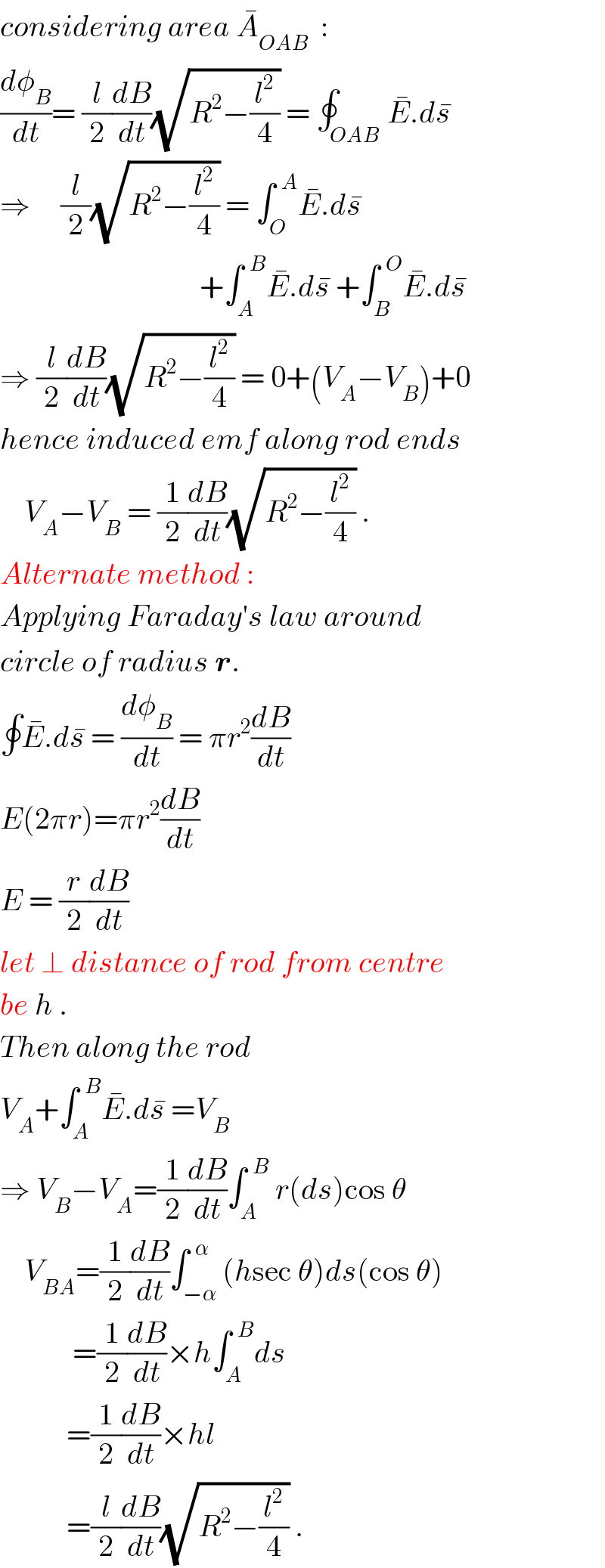
Question and Answers Forum
Question Number 42422 by ajfour last updated on 25/Aug/18

Commented by ajfour last updated on 25/Aug/18

Commented by tanmay.chaudhury50@gmail.com last updated on 25/Aug/18

Answered by ajfour last updated on 25/Aug/18

Commented by tanmay.chaudhury50@gmail.com last updated on 25/Aug/18

